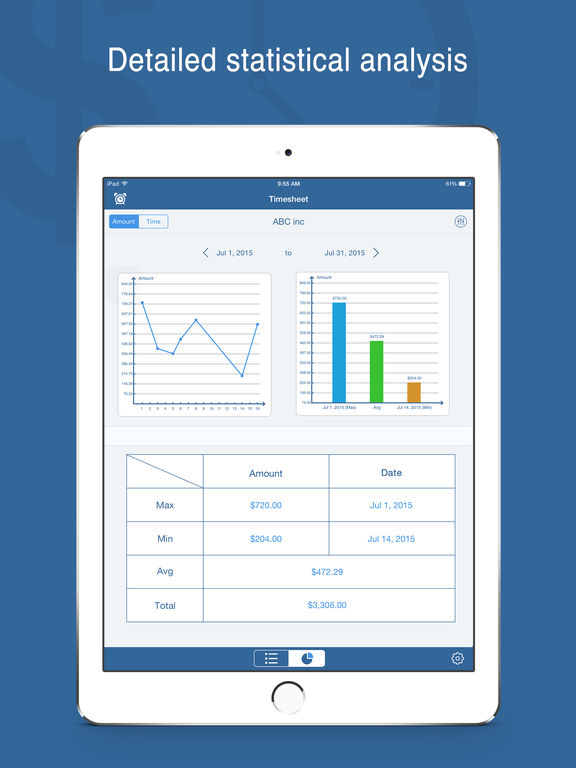
Back to work after five minutes, though!īesides these features, it breaks down your productivity and provides reports on how your day went. After this interval, you can take a break for 5 minutes to rejuvenate. With 20 to 25 minutes of no distractions, you must be engaged in work. It’s highly effective, stating from personal experience. If you’ve not heard of the technique, you should try it. This time tracking app uses the Pomodoro technique to increase the user’s concentration levels. It follows the Pomodoro technique, is very convenient to use, and can be synced with your iPhone, iPad, or Apple Watch. If you believe you should have access to that content, please contact your librarian.The reason Toggl Track is our best pick for time tracker apps is simple. The institutional subscription may not cover the content that you are trying to access. Oxford Academic is home to a wide variety of products. You can be signed in to your personal account and your institution’s account at the same time.Ĭlick the account icon in the top left to view your signed in accounts and access account management features. Here you will find options to view and activate subscriptions, manage institutional settings and access options, access usage statistics, and more. Some societies use Oxford Academic personal accounts to provide access for their members.įor librarians and administrators, your personal account also provides access to institutional account management. Some societies use Oxford Academic personal accounts for their members.Ī personal account can be used to get email alerts, save searches, purchase content, and activate subscriptions. If you do not have a society account or have forgotten your username or password, please contact your society. Do not use an Oxford Academic personal account. When on the society site, please use the credentials provided by that society.Many societies offer member access to their journals using single sign-on between the society website and Oxford Academic. If you cannot sign in, please contact your librarian.
If your institution is not listed or you cannot sign in to your institution’s website, please contact your librarian or administrator.Įnter your library card number to sign in.



 0 kommentar(er)
0 kommentar(er)
